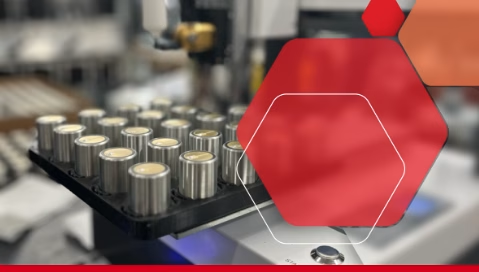Tunneling Detection

Criminal organizations have long exploited underground tunnels to smuggle drugs, weapons, and people across international borders undetected. These tunnels often extend beneath critical infrastructure and are difficult to detect without specialized systems. U.S. Customs and Border Protection (CBP), particularly the U.S. Border Patrol (USBP), has prioritized persistent surveillance and detection solutions capable of identifying subterranean threats in real time. Tunnel detection technology addresses this challenge by using advanced sensors – such as seismic and acoustic – paired with predictive mapping software to locate, track, and assess the threat of tunnel activity across varied terrain.
Technologies are actively deployed along the U.S. southern border, where the risk of cross-border tunnels is highest, but its applications extend to ports, prisons, critical infrastructure, and military bases. There is a growing demand for 24/7 detection capabilities that work in harsh environments and deliver actionable intelligence to field agents. With capabilities to accurately location and predict tunnel trajectories and integrate into a larger common operating picture, tunnel detection systems are a critical part of layered border and facility security.

Application of SADAR Technology
Geospace offers solutions that use arrays of sensors for three-dimensional detection of activities associated with underground excavation and tunnel construction, the active use of existing tunnels, and micro-seismicity associated with hydraulic fracturing and groundwater storage. Leveraging SADAR® technology, the solution localizes potential threats and micro-earthquakes in three dimensions to discriminate them from sources on the surface and reports them in real-time. Localization capability aids in the interdiction and remediation of detected tunnels.
